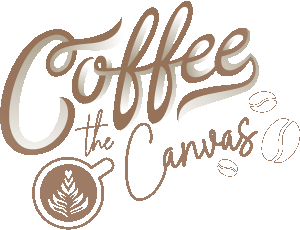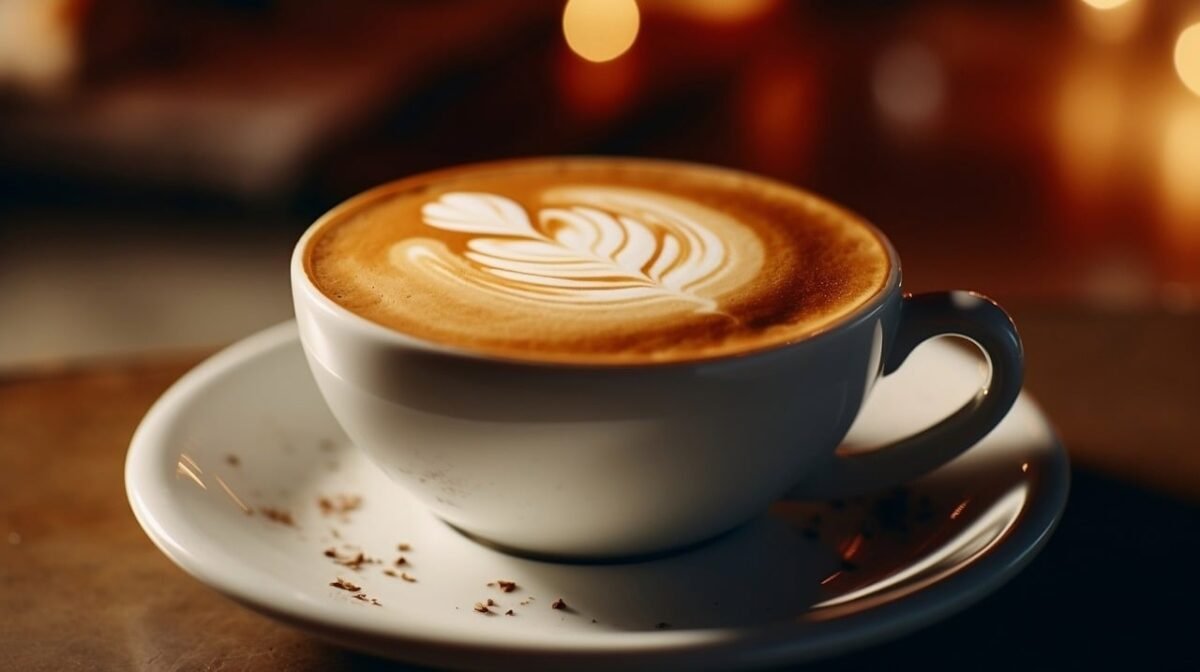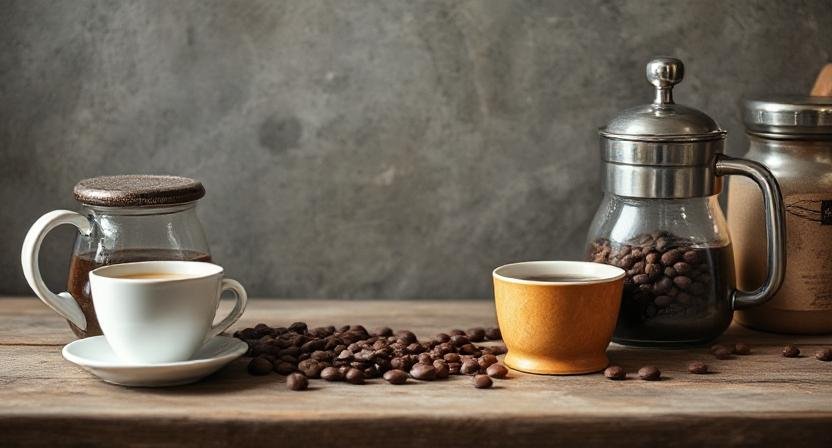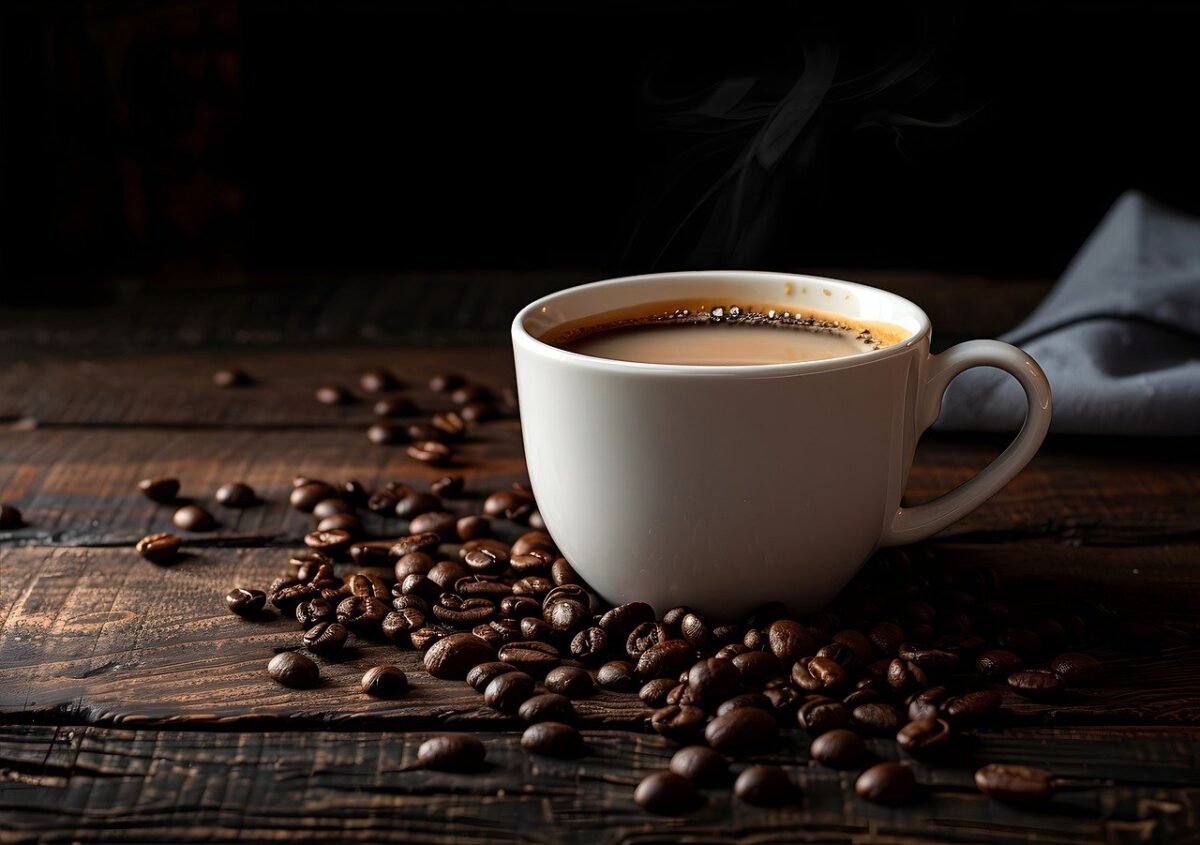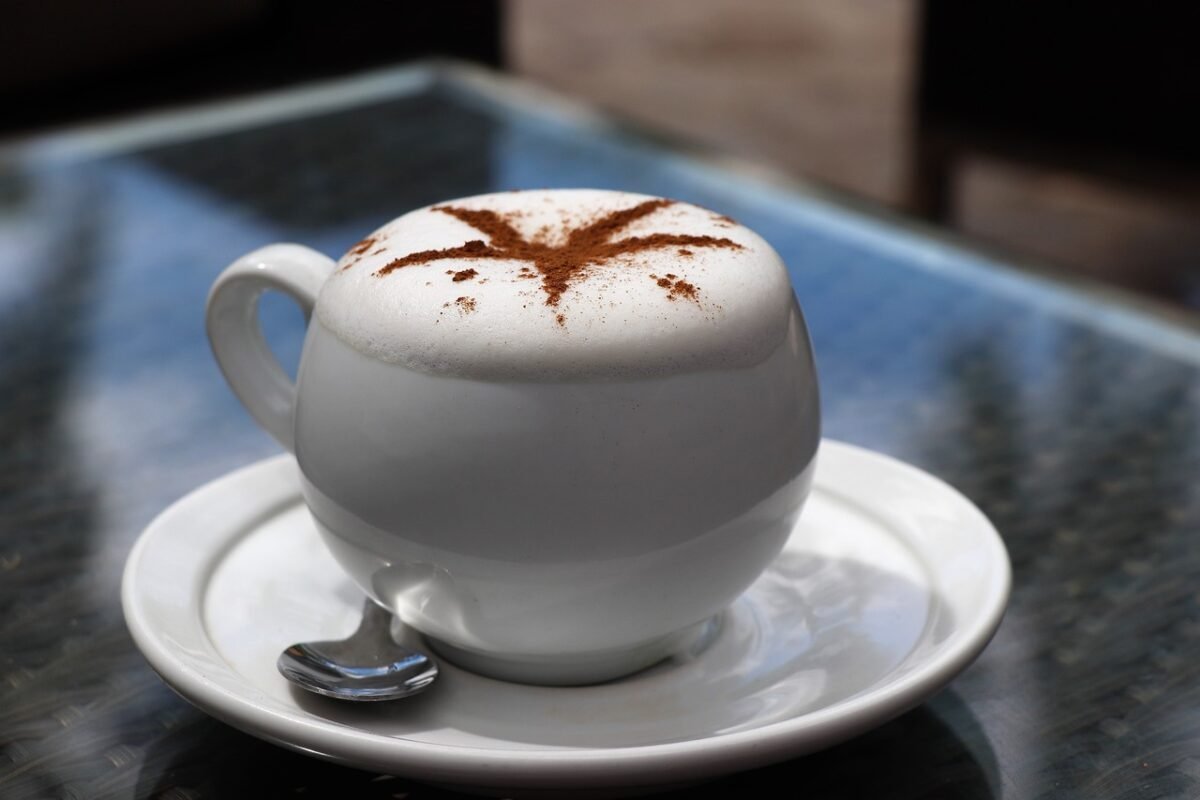If you’re tired of spending $6 on a cup of latte every morning, I totally get it. That was me, too. Once I figured out how to make a latte at home that actually tastes like the one from a coffee shop, everything changed—better mornings, more savings, and way more satisfaction. So in this 2026 barista-style guide, I’ll walk you through how to make the perfect latte in your kitchen—no complicated tools, just practical steps.. Cafe Latte also Best Starbucks Coffee Drinks you must try. If you like sweet latte, honey is the best choice, better than sugar.
What Is a Latte, Really?
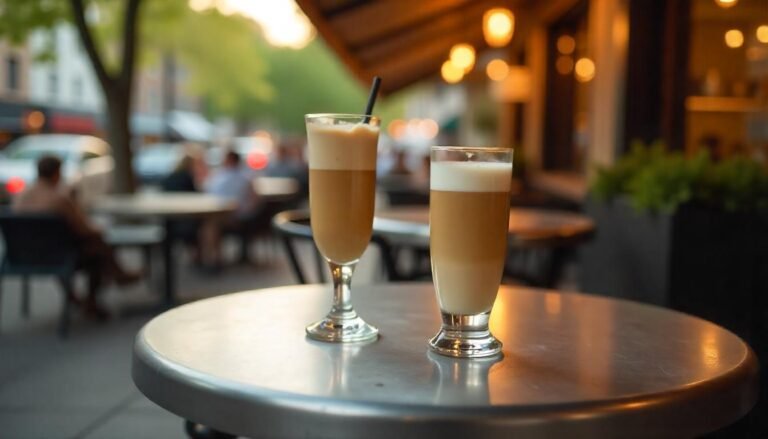
A latte (short for “caffè latte”) is an Italian espresso-based drink made with one shot of espresso and steamed milk, topped with a small amount of foam. It’s creamy, mellow, and easy to personalize—hot or iced, flavored or classic.
Ratio: Traditionally, a latte is made with 1 part espresso to 3 parts steamed milk, plus a thin milk foam layer.
Equipment You’ll Need
You don’t need a $2,000 espresso machine to get started—here’s what you actually need:
Basic Essentials:
-
Espresso machine or alternative: A manual espresso maker, Moka pot, or aero press works.
-
Milk frother: Handheld or built-in steam wand (if using a machine).
-
Coffee grinder: For freshly ground beans.
-
Thermometer (optional): To monitor milk temperature.
-
Latte cup: 8 to 12 oz ceramic or glass.
-
Tip: If you’re just starting out, a manual espresso maker like the Flair Espresso is a budget-friendly choice for true espresso lovers.
Step 1: Choose High-Quality Coffee Beans
The foundation of a great latte is freshly roasted, high-quality beans. Go for a medium or dark roast—these have rich, bold flavors that pair beautifully with milk.
-
Look for single-origin beans if you want a more nuanced flavor.
-
Grind right before brewing, and aim for a fine espresso grind.
-
I personally love beans from Blue Bottle Coffee. They’re a bit on the premium side, but worth every penny for the quality.
Step 2: Brew the Espresso
Pulling a proper shot of espresso is crucial. If you’re using a machine:
-
Use 18–20 grams of coffee for a double shot.
-
Tamp it evenly with firm pressure.
-
Brew for about 25–30 seconds.
If you’re using a Moka pot, follow this:
-
Fill the bottom chamber with water just below the valve.
-
Add coffee to the filter basket without tamping.
-
Heat on medium until it bubbles up into the top chamber.
-
Goal: A rich, dark shot with a caramel-colored crema.
Step 3: Steam or Froth the Milk
You want milk that’s silky and smooth—not foamy like a cappuccino.
-
Use cold whole milk for the creamiest texture (oat or almond milk also work well).
-
Heat to around 140–150°F (60–65°C).
-
If you have a steam wand, submerge it just below the surface to introduce microfoam, then lower it to heat evenly.
-
No steam wand? Use a hand frother or French press and microwave the milk after frothing for a few seconds.
-
Avoid overheating! Anything above 160°F starts to burn the milk and ruins the texture.
Step 4: Combine Like a Barista
Here’s where the magic happens:
-
Pour the freshly brewed espresso into your latte cup.
-
Slowly pour the steamed milk over the espresso, using a spoon to hold back the foam.
-
Finish by adding a thin layer of microfoam on top.
-
Want to practice latte art? Use a milk pitcher with a pointed spout and start with a simple heart or tulip.
Optional Add-Ons & Flavors

Make it yours. Here are a few barista-approved variations:
-
Vanilla Latte: Add ½ tsp of vanilla extract or vanilla syrup.
-
Caramel Latte: Drizzle with caramel and add 1 pump of syrup.
-
Iced Latte: Use cold milk and pour over ice instead of steaming.
Clean-Up Tips (Barista Hack)
Don’t wait till later. Cleaning up immediately after making your latte prevents milk residue buildup, especially on frothers and steam wands. Use warm water, dish soap, and a microfiber cloth. Trust me—future you will be grateful.
Latte-Making FAQ
Q: What’s the best milk for a latte?
A: Whole milk gives the smoothest texture, but oat milk is a great non-dairy alternative—it froths beautifully.
Q: Can I make a latte without an espresso machine?
A: Yes! Use a Moka pot or AeroPress for espresso-style coffee, and a hand frother or French press for the milk.
Q: How much caffeine is in a latte?
A: A typical latte contains 63–128 mg of caffeine, depending on the espresso shot(s).
Final Thoughts: Practice Makes Perfect
Learning to make the perfect latte at home isn’t just about saving money—it’s about slowing down, creating a ritual, and enjoying something you made yourself. Whether you’re using high-end gear or a stovetop Moka pot, the key is attention to detail and patience.
If you want to level up further, check out this great home barista course from Seattle Coffee Gear—it’s beginner-friendly and surprisingly fun.
